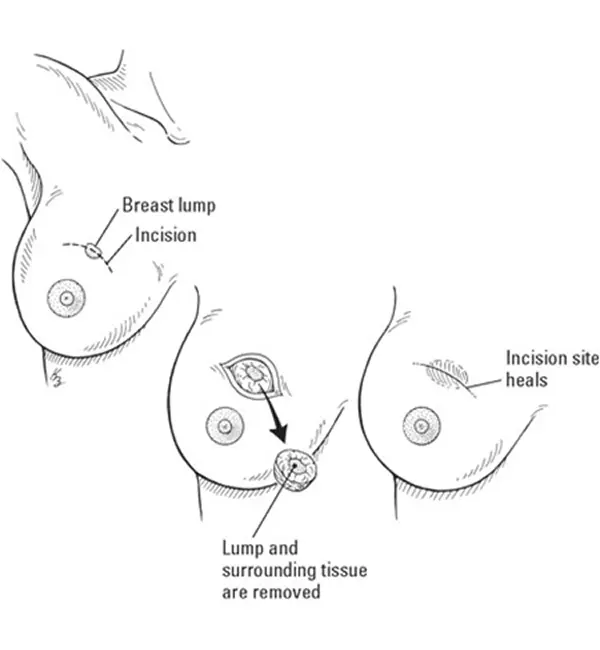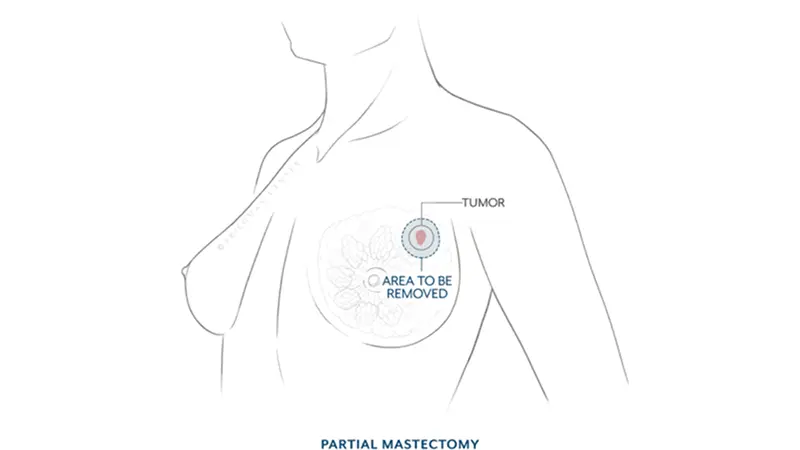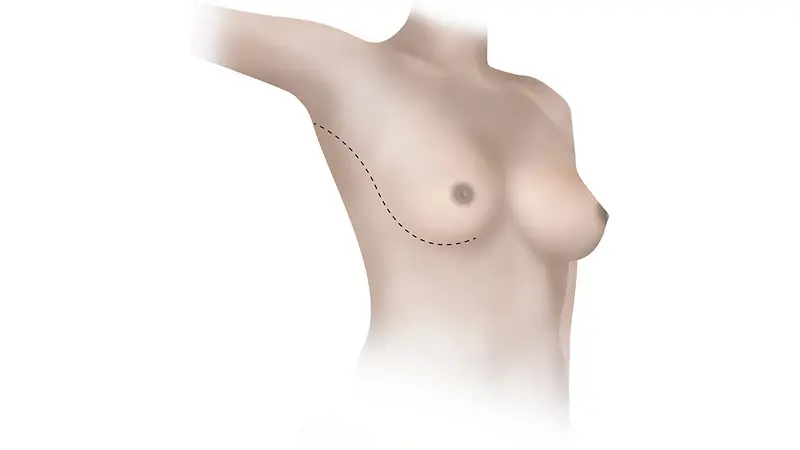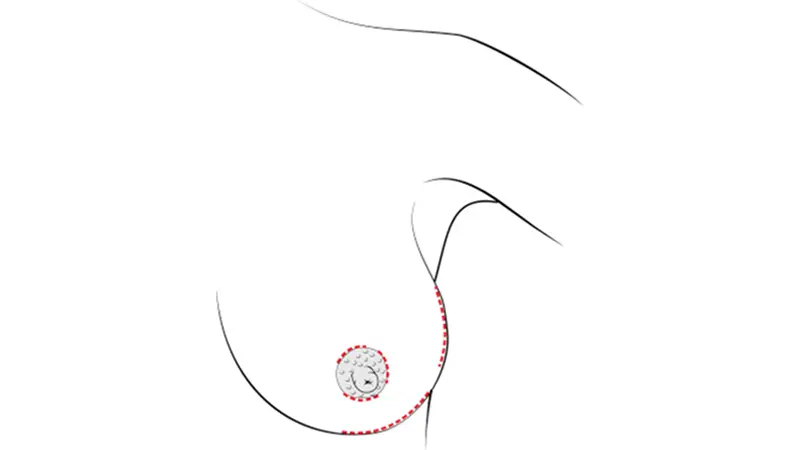Mastectomy
Traditional surgery for breast cancer involves removal of the entire breast (Mastectomy). Inorder to save the breast, Breast Conservation surgery is done. Surgery consists of removal of the lump alone while the remaining breast tissue is irradiated to reduce the risk of disease recurrence.

In the traditional Breast Conservation surgery, no attempt to conceal the scar is made while the cavity created by the removal of the lump is not filled with tissue. Even though the disease is cured in these individuals but they need to live with aesthetically inferior breasts.
In order to overcome these aesthetic challenges while retaining the success of disease cure, a new method of breast conservation was introduced. This is called Oncoplasty where the post lumpectomy defect in the breast is reconstructed.
Oncoplasty
Large Tumors
Oncoplastic breast surgery is a specialized approach of Breast Conservation surgery (Partial Breast Reconstruction) that combines oncologic surgery (removal of cancerous tissue) with plastic surgery techniques to treat breast cancer while preserving or enhancing the aesthetic appearance of the breast. The oncoplastic technique overcomes the challenges of traditional BCS like skin retraction or loss of breast shape.
Oncoplastic breast surgery is a specialized approach of Breast Conservation surgery (Partial Breast Reconstruction) that combines oncologic surgery (removal of cancerous tissue) with plastic surgery techniques to treat breast cancer while preserving or enhancing the aesthetic appearance of the breast. The oncoplastic technique overcomes the challenges of traditional BCS like skin retraction or loss of breast shape.
The experts at Hyderabad Breast Clinics specialize in this modern surgical technique where we use chemotherapy to reduce the size of the tumor and allow minimal removal of the breast tissue so that more of the natural tissues are retained for better cosmetic outcomes.

Key Principles of Oncoplastic Surgery

Breast Aesthetics
After the cancer is removed, reconstructive techniques are applied to reshape the breast, minimize deformities, and maintain symmetry with the other breast. This may involve rearranging the remaining breast tissue, performing a breast reduction, or using implants or autologous tissue reconstruction. The biggest cosmetic advantage is because of strategic placement of scars to hide them.
Benefits of Oncoplastic Surgery
Who is a Candidate for Oncoplastic Surgery?
Oncoplastic surgery is generally suitable for:
- Women with early-stage breast cancer.
- Women who are eligible for breast-conserving surgery (lumpectomy).
- Women with large breasts who may benefit from a therapeutic mammoplasty or breast reduction.
- Women concerned about the cosmetic outcomes of breast cancer surgery, particularly if the tumor is in a visible location (e.g., near the cleavage or nipple).
- Women with larger tumors who want to avoid mastectomy but still wish for a good aesthetic result are often given chemotherapy prior surgery to reduce the size of tumor.

Recovery and Considerations
Recovery Time
Recovery from oncoplastic surgery may take longer than standard lumpectomy or mastectomy due to the additional reconstructive procedures. Recovery times can vary based on the extent of the surgery and individual healing rates.
Patients may experience some bruising, swelling, and discomfort, which typically improves within a few weeks.
Conclusion
Oncoplastic breast surgery offers a unique combination of cancer treatment and cosmetic enhancement, making it a valuable option for women facing breast cancer surgery. It allows for the safe removal of cancer while maintaining or improving the breast’s appearance, providing both physical and emotional benefits. Hyderabad Breast Clinics is one of the select few centres in India that can offer Breast Conservation using Oncoplastic techniques. Our expert surgeons have decades of experience in breast cancer care and further they have extensive experience in Oncoplastic surgical techniques.





